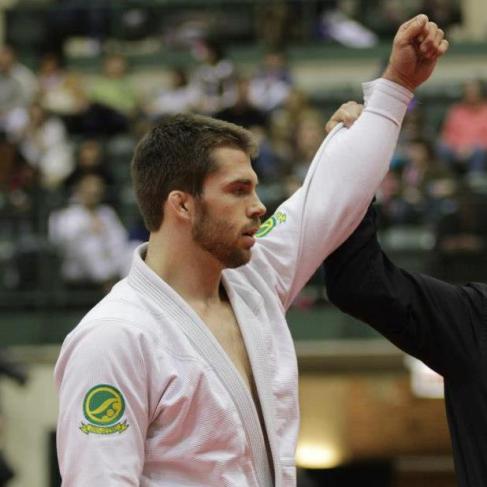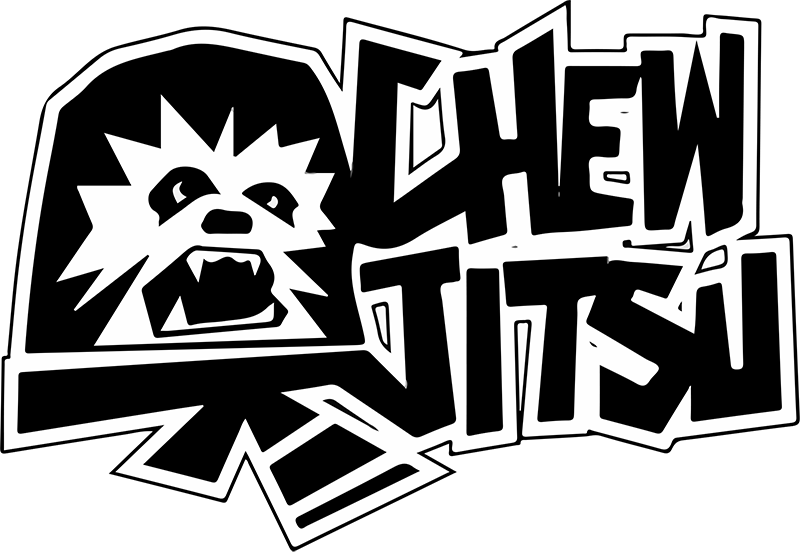If you are reading this then I have a question to ask you, but first I want you to think about something for a minute. I want you to think about . . . how many injuries you’ve sustained as a result of training, the money you’ve spent on gis, training gear and gym dues and the amount of time you’ve spent in the gym.
Now here’s the question.
Why do you train?
Why do you put your body in harm’s way and risk injury, spend your time and money and exhaust yourself on the mats day in and day out, week after week, month after month, year after year?
Do you have an answer? Surprisingly this is a question that until recently I hadn’t really put much thought towards. I’ve always trained because it makes me happy, because I enjoy the people I am around, because when I roll I don’t think about anything other than my jiu-jitsu, it keeps me in shape. .. I could go on for a while. The reason I began to think about this question was because I wanted to figure out why some students stay and why others don’t find BJJ as captivating as others. I still don’t have a definite answer as to why someone quits BJJ but I was able to ask many of my students and friends why they come into the gym consistently to train. After taking in the answers I was given, I compiled them into five general categories.
Below I list the category with an idea to my student’s and friend’s responses followed by my view on it.

Community – Many of the students raved about the gym and how amazing the atmosphere is, and how it’s one of the big reasons they continue to train.
My view on it – The people that seem to become entrenched into Brazilian Jiu-jitsu are a special breed. Most (certainly not all) seem to be amazingly friendly people. If the gym is done right and the instructor is in the right state of mind. A Brazilian Jiu-jitsu gym has the potential to be this amazing environment for friendship, brotherhood, support and a generally uplifting atmosphere.

Challenge / Competition – Students in one way or another shared how the thrill of competition and challenge was a reason they trained.
My view on it – I feel like challenge is the zest of life. Challenge and adversity keeps us on our toes, keeps us from becoming complacent, keeps us searching for a better way to do things and helps push us into the unknown which can help bring us to new heights of accomplishment. In a life of mortgages, wives, family duties and full time jobs which can seem to run almost on auto pilot at times, BJJ gives someone the chance to have the thrill of facing and overcoming an obstacle.
Stress reliever – Students unanimously said that the stress relief from BJJ is amazing. More than one person described the gym as their “sanctuary”.
My view of it – When you step through the doors of your gym, all the stress you had stays outside. If you’re significant other ticked you off earlier, your boss came down on you or whatever problem you have. None of this matters anymore. Nor does your profession or career. Whether that be a lawyer, construction worker, burger flipper, accountant . . . none of this matters. All that matters is your training, how you perform during the drills, how well you execute your moves, how you roll. You can rid yourself of the stressors of life through the physical and mental exertion required for Brazilian Jiu-jitsu. Then afterward, you can leave and relaxed and ready to face any stressful situations that may come your way.
Learning new techniques – Many of the people I talked to said that another reason was that they enjoyed learning new techniques and moves.
My view on it – Another factor that keeps many students coming, I believe, is the continuation of learning. You can never know everything. There is always someone coming out with something new to play around with, or you find a new variation of a move while training in the gym. The ability to continue learning, growing and being curious are always present in BJJ.
Health – Many of the students reported considerable weight loss and also a change in their overall diet because of training.
My view on it – I’ve had numerous students and friends lose anywhere from 15lbs – 100+lbs simply from adding BJJ training to their life. Then it seems to have an incentivizing effect. They began to eat healthier and exercise more to improve their performance on the mat. Practicing BJJ gives someone a purpose/reason to be healthier. I mean let’s face it, many people would do well if they simply cut out fast food from their diet and exercise a little, but they don’t. Some people don’t have it in them to be healthy simply for the sake of being healthy. BJJ gives them a reason and can act as a catalyst for improvement of someone’s eating habits and overall health.
Fun Video
Check out this video that I watched on the reason that Humans play games. Based on the classification of the video, BJJ is a game. The guy has some other really awesome videos that are worth checking out.
http://youtu.be/e5jDspIC4hY
Thanks for reading and if you’ve never asked yourself the question, “Why do I train?”, then you should and see why aspects of training are most important to you.


